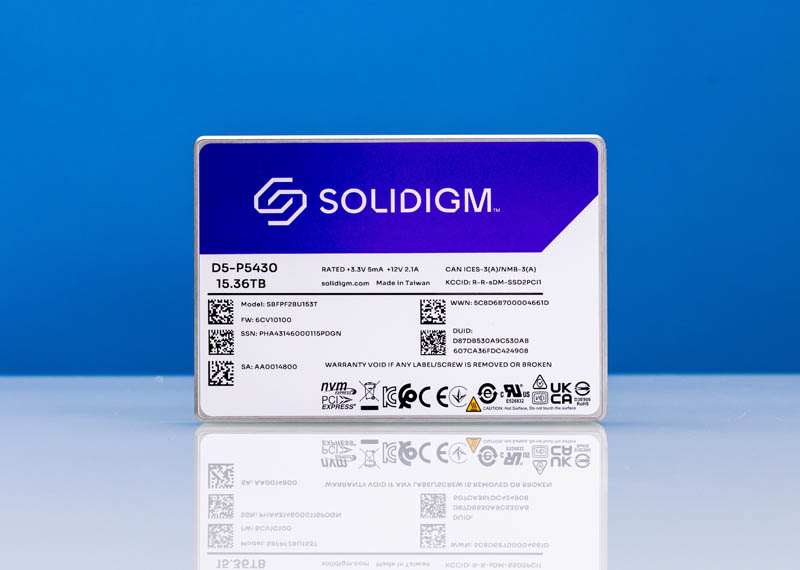arcadeperfect
Dabbler
- Joined
- Feb 2, 2021
- Messages
- 18
Hi
6 * 2TB sata SSD's. 10Gbe. Platform is a Supermicro Xeon D-1521 with 64 GB ram (could expand).
Fully backed up nightly, used for post production video work, which is read heavy. I think RaidZ2 is a decent level of protection.
Question is, 2 * 3 drive vdevs, or 1 * 6?
2 * 3 would make it easier to expand obviously. But I think at a cost of read performance? Will I notice that performance cost with 10Gbe, or would 2 * 3 SATA ssd's saturate it anyway?
6 * 2TB sata SSD's. 10Gbe. Platform is a Supermicro Xeon D-1521 with 64 GB ram (could expand).
Fully backed up nightly, used for post production video work, which is read heavy. I think RaidZ2 is a decent level of protection.
Question is, 2 * 3 drive vdevs, or 1 * 6?
2 * 3 would make it easier to expand obviously. But I think at a cost of read performance? Will I notice that performance cost with 10Gbe, or would 2 * 3 SATA ssd's saturate it anyway?



